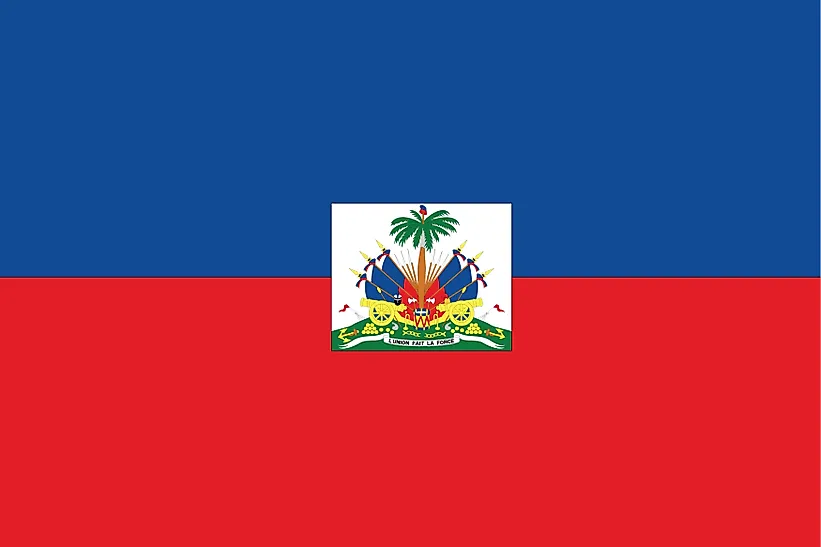
ハイチ
| 大陸 | 米州 |
| 資本金 | ポルトープランス |
| 人口 | 10,485,800 |
| GDP | $19.34 億ドル |
| 一人当たりGDP | $1,800 |
| ダイヤルコード | +509 |
| ISOコード(2文字) | HT |
| ISOコード(3文字) | HTI |
Haiti Landscapes






About Haiti
Welcome to Haiti, the first independent black republic and the first country to abolish slavery. With approximately 11.4 million people occupying 27,750 square kilometers on the western third of Hispaniola island, Haiti combines rich cultural heritage with a spirit of resilience that has earned it the historical nickname “Pearl of the Antilles.”
地理的特徴と自然の美しさ
Haiti’s geography features dramatic contrasts, from coastal areas to mountain ranges including the Massif de la Hotte and Massif du Nord. The country’s name comes from the indigenous Taíno word “Ayiti,” meaning “mountainous land,” reflecting its varied topography.
The landscape includes two major peninsulas separated by the Gulf of Gonâve, creating diverse coastal environments. Notable features include the Caribbean’s largest cave system, Grotte Marie-Jeanne, and pristine beaches along both northern and southern coasts.
Protected areas include Pic Macaya National Park, home to rare endemic species, and La Visite National Park, preserving mountain ecosystems. The country’s tropical climate supports diverse flora and fauna, though environmental challenges have impacted natural resources.
文化遺産と伝統
Haitian culture represents a vibrant fusion of African, French, and Indigenous Taíno influences. The country’s unique Creole culture, including the Vodou spiritual tradition, reflects this rich cultural synthesis.
Art plays a central role in Haitian life, with distinctive styles including naive art and iron sculpture. Music and dance traditions, particularly Kompa and Rara, express cultural identity and historical memory.
Haitian cuisine features unique dishes like soup joumou (pumpkin soup), a symbol of independence, and various preparations using local ingredients. Traditional crafts include sequined flags (drapo Vodou), metalwork, and painting.
歴史の旅
Haiti’s history is marked by its revolutionary achievement as the first successful slave rebellion leading to independence in 1804. The Haitian Revolution profoundly influenced global history and debates about human rights and freedom.
Post-independence years saw various challenges, including international isolation and political instability. However, Haiti’s cultural resilience and historical significance continue to inspire movements for freedom and dignity worldwide.
現代の経済状況
Today’s Haitian economy focuses on agriculture, light manufacturing, and services. The country’s strategic location and young workforce present opportunities for development despite significant challenges.
Recent initiatives emphasize rebuilding infrastructure, developing tourism potential, and strengthening agricultural production. The country’s artisanal sector, particularly in crafts and art, contributes significantly to cultural exports.
国際関係とグローバルポジション
Haiti maintains active participation in Caribbean regional organizations and historical ties with various nations. The country’s cultural influence extends globally through its art, music, and historical legacy.
ご存知でしたか?
• Haiti was the first independent black republic and first country to abolish slavery?
• The country’s revolution inspired independence movements throughout the Americas?
• Haitian art is renowned worldwide for its vibrant colors and unique styles?
• The Citadelle Laferrière is the largest fortress in the Americas?
結論
Haiti represents a unique combination of historical significance and cultural richness in the Caribbean. From its revolutionary heritage to its artistic traditions, from its natural beauty to its resilient spirit, Haiti continues to demonstrate remarkable resilience while maintaining its distinctive identity. As it addresses contemporary challenges and works toward sustainable development, Haiti remains committed to building on its historical legacy while creating new opportunities for its people.